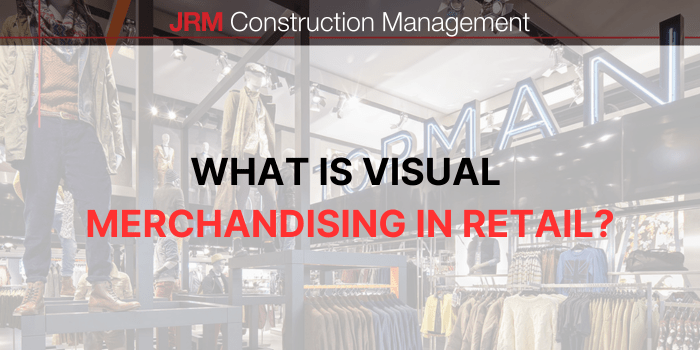What Is Visual Merchandising in Retail?

05/31/2023
Visual merchandising involves strategically arranging your retail store’s inventory to draw attention and increase sales. Typically, this can involve lighting, displays, color, technology and other factors that contribute to the appearance of a retail space. By organizing shelves in different ways, placing eye-catching outfits on mannequins and employing additional store layout tactics, you can use visual merchandising to engage and convert your customers.
Benefits of Visual Merchandising
When you optimize your store’s visual elements, you can enjoy the following benefits:
- Attract more customers: The point of visual merchandising is to bring more people into your retail space. With interesting, interactive displays, you can create a better customer experience and entice potential patrons to spend time in the store. In comparison, a shop that’s missing attractive displays might lead to customers having little interest in visiting the store at all or leaving before they make a purchase.
- Showcase your brand: Integrating your brand’s unique voice and identity throughout the store is key, as this element can help people better recognize your brand. When you make a good first impression on customers and weave your brand in throughout your displays, you increase the chances of customers returning to make repeat purchases.
- Increase sales: An effective use of visual merchandising leads customers directly to the products they want. As a result, you can implement these strategies to convert visitors into customers and boost sales.
Types of Visual Merchandising
There are several techniques that you can use to attract potential customers. These types include:
- Window displays: These displays are one of the most common visual merchandising strategies. A window display places eye-catching, trending products right in the window, where people can see them as they walk past. If the window display is well-planned and effective, it can encourage people to step into the store.
- Mannequins: This visual merchandising technique involves using mannequins to display clothing items. By presenting different pieces together in a cohesive outfit, mannequins can help give customers a clearer idea of how items look and how to style them, which ultimately leads to sales.
- Interactive displays: Many retailers now use technology to create better customer experiences in their stores. Using interactive displays can help customers navigate inventory quickly or visualize how products like furniture might look in a living room or bedroom.
Visual Merchandising Examples
JRM Construction Management has completed numerous retail construction projects throughout the United States, all of which prioritize visual merchandising strategies to create striking and intuitive customer experiences.
For example, our Topshop flagship store project in downtown Chicago features bold lighting and branding elements that encourage customers to stop in. Another example is our Kohler Signature Showroom project in Austin, Texas, which features a bright bathroom and kitchen concepts that help customers see how Kohler products and appliances might look in their spaces at home.
Contact JRM Construction Management for Premier Retail Construction Services
If you’re interested in working with us to transform your retail space and make use of powerful visual merchandising techniques, contact our team today to get started.


)